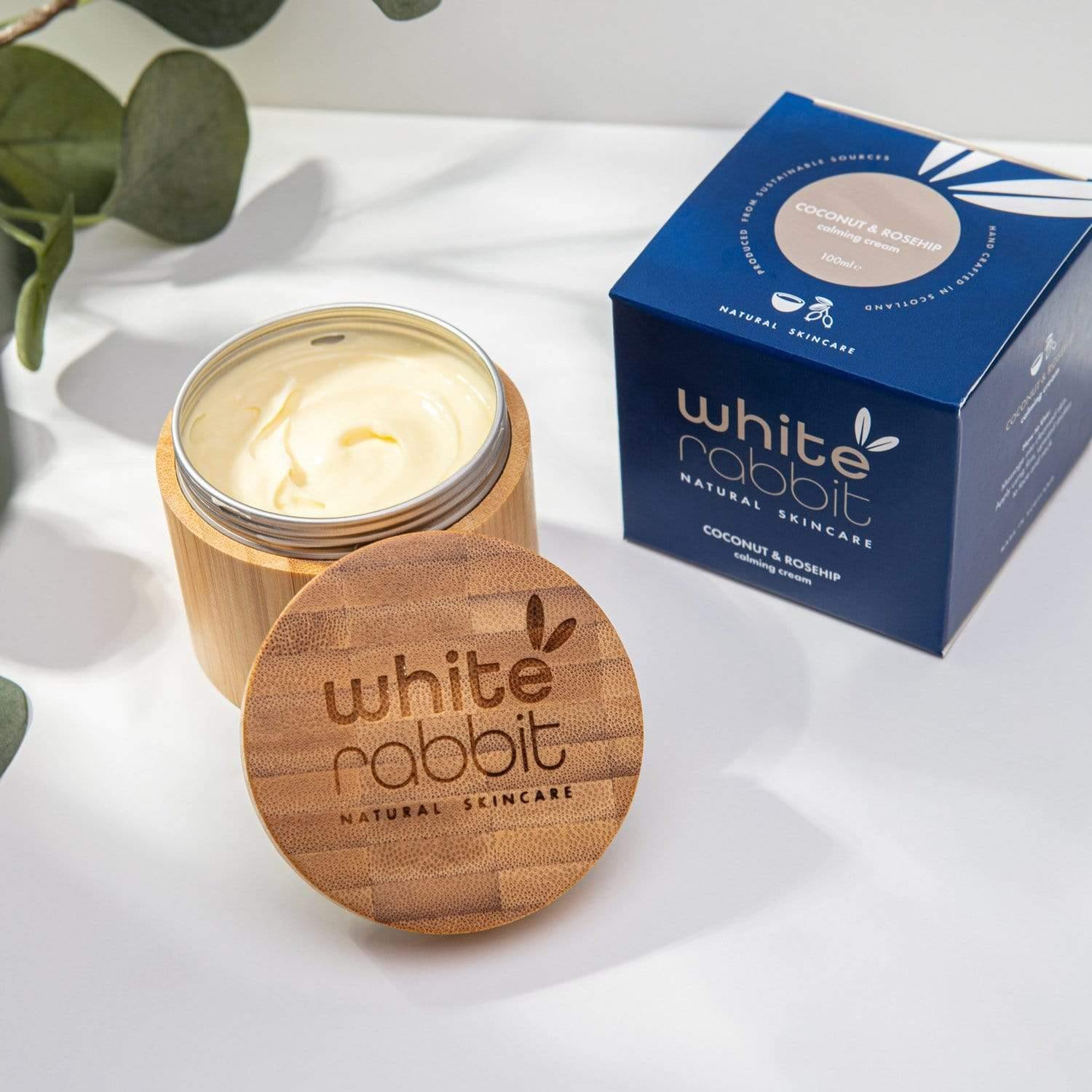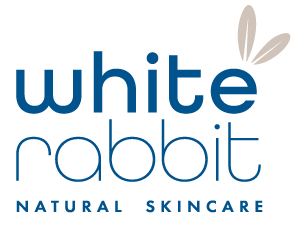
Toxic Ingredients?
We have all become incredibly vigilant in checking the labels of our food, but what about checking the ingredients of products that you put on your skin? (After all, remember that 60% of what you put on your skin is absorbed into your bloodstream!)
Many synthetic chemicals are skin penetrators, skin irritants, carcinogenic (can cause cancer if used in large doses or over a prolonged period of time) and hormone disruptors.
Manufacturers who produce products on mass often use literally hundreds of different ingredients (synthetic colourings, fragrances, preservatives and filler ingredients to bulk out a product, to name a few), but we shall discuss what we consider the 'Top Ten' skincare ingredients to avoid.
The Toxic Top Ten
- Parabens -a type of preservative that the prevent the growth of mould, yeast and bacteria in cosmetics (including makeup, body washes, shampoo, deodorants and skincare products) and also food and pharmaceutical products . They possess oestrogen-mimicking properties that are associated with increased risk of breast cancer.
- Synethic Colours - a number of synethic colours have been banned by the European Union, but are often still widely used in products produced in other countries. Synethic colours are derived from coal or tar sources and have been linked to ADHD in children, are a skin irritant, and have been linked to cancer. To identify if your product contains synthetic colours, look at the ingredients list: FD&C = Food Drugs & Cosmetics or D&C = Drugs & Cosmetics. These letters then proceed a colour and a number, e.g. D&C Red 27.
- Synthetic Fragrances - Did you know that the term Fragrance was created to protect a company's 'secret formula'? Allowed by a major loophole in the law, fragrance is essentially a concoction of chemicals that could be harmful to you, and are often associated with allergies, dermatitis, respiratory problems and even possible effects on the reproductive system.
- Phthalates - a group of chemicals used in products such as nail polish and hair spray to increase the flexibility and softness of plastic. They are known hormone disruptors, and have been linked to increased breast cancer, early breast development in females and reproductive birth defects.
- Triclosan - an antimicrobial chemical which is therefore largely found in deodorants, toothpastes and antibacterial soaps, triclosan is a known hormone disruptor, and skin irritant. Studies have also raised concerns that it makes bacteria anti-biotic resistant.
- Sodium lauryl sulfate (SLS) / Sodium laureth sulfate (SLES) - scarily, SLS/SLES are found in at least 90% of personal care and cleaning products, as it adds to the 'foaming effect' of such items. SLS are known to be skin, eye and lung irritants, and there is major concerns about it's potential to combine with other chemicals and form a carcinogen.
- Formaldehyde - A type of preservative which helps prevent bacteria growth, it isn't as widely used after being deemed as a human carcinogen by The International Agency for Research on Carcinogens .
- Toluene - A petrochemical derived from petroleum or coal tar sources. You may see it on labels listed as benzene, toluol, phenylmethane, methylbenzene. Toluene is a potent solvent able to dissolve paint and paint thinner, and is often used in nail polish remover and hair bleaching products. It can affect your respiratory system, cause nausea and irritate your skin.
- Propylene glycol - an organic alcohol commonly used as a skin conditioning agent in products including moisturisers. makeup and hair conditioners. It has been linked with causing dermatitis and hives, at concentrations as low as two percent.
- Sunscreen chemicals - Common names include benzophenone, PABA, avobenzone, homosalate and ethoxycinnmate, and are used to absorb ultraviolet light. They are hormone disruptors which are easily absorbed into the body, and may also cause cellular damage.
Think Practically
Obviously it is impossible to avoid EVERY single synthetic or potentially harmful chemical out there, but you can, by way of careful research, limit the amount of toxins your body is exposed to.
Do you research and educate yourself - after all, you only have one body!
Think of something you love and the time and effort you put into that thing, and do the same when it comes to your health:
- Eat 'clean' (try and eat food which is as close to it's original state as possible, i.e. fruit, vegetables, whole grains)
- Avoid chemical-laden processed foods
- Try and eat organic
- Drink plenty of (filtered) water
Also remember the golden rule for checking ingredients: ingredients will always be listed in order of the most abundant ingredient first (so for example in our products, the first ingredient in our Cleansing Balm is Shea Butter, with the last ingredient Lavender Essential oil as we only need to use a few drops of it).
White Rabbit Skincare Products
Are 100% naturally derived, vegan, cruelty, free, handmade AND contain organic ingredients.
We would love to hear your thoughts on this
Do you check your labels? Do you avoid any other ingredients we haven't mentioned?


